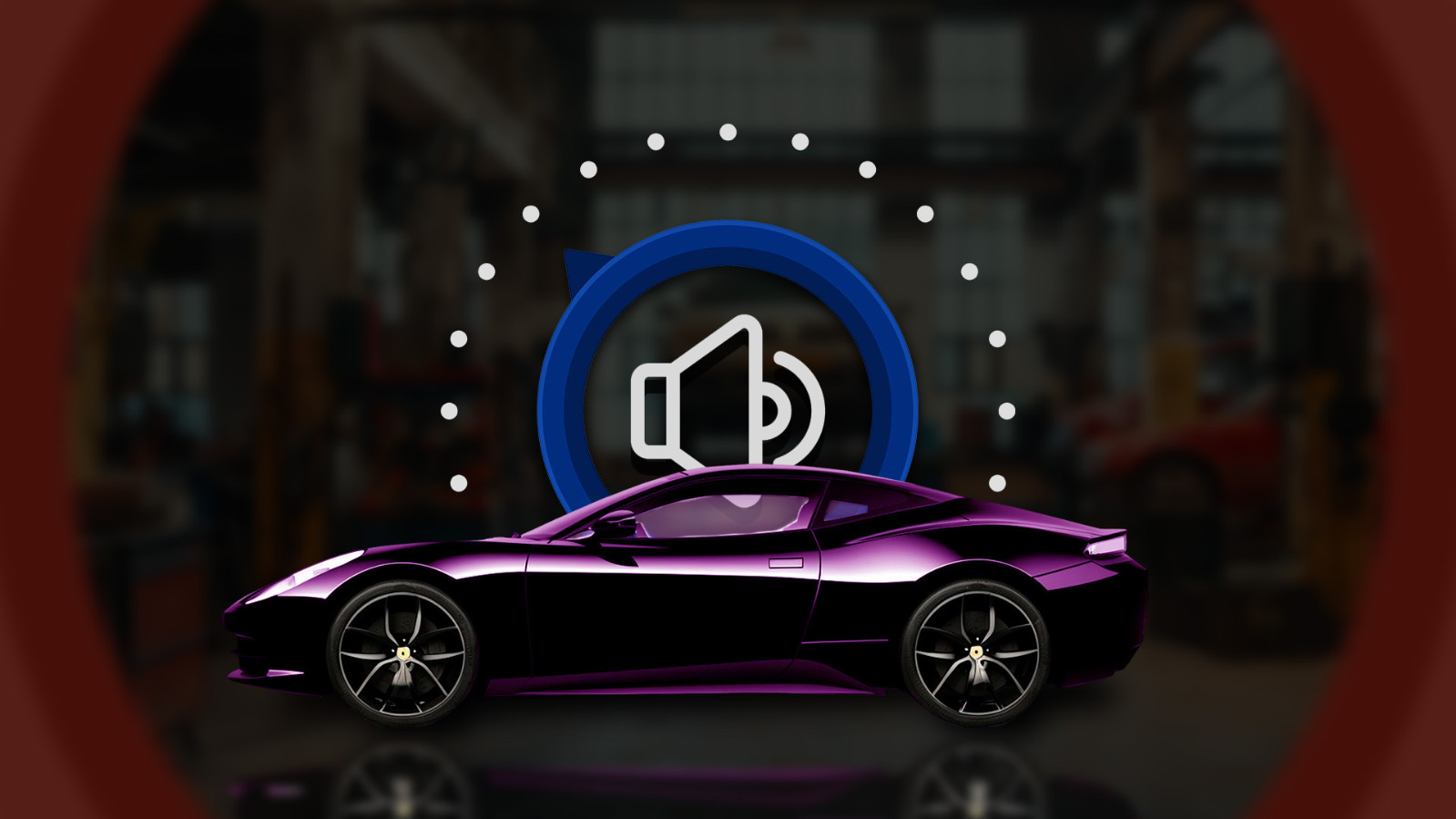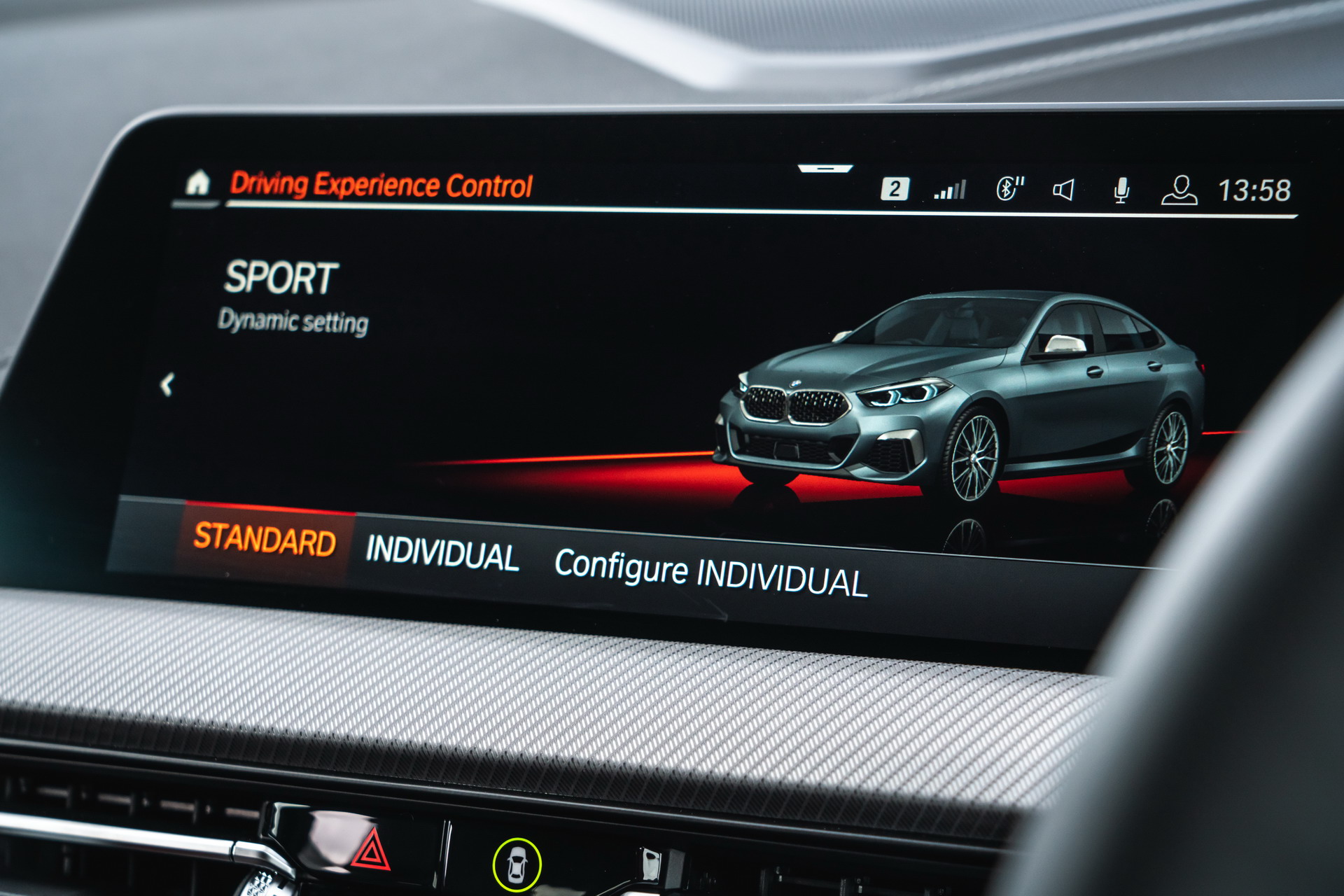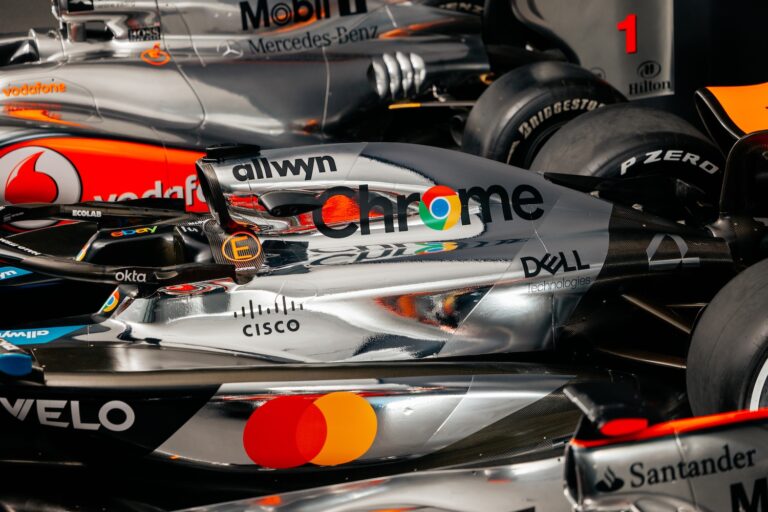By Kenneth K./ Motorsports are currently experiencing something of a Golden Age, with viewership of Formula 1 events pulling in record audiences in 2025. This massive influx of new viewers happens to coincide with another major shift in motorsports: hybrid engines. Ever since 2014, hybrid engines have become the standard across F1 teams thanks to their incredible power output and greatly reduced fuel use.
While these new hybrid engines have quickly proven to be popular choices for drivers, fans have had much more mixed reactions. While many spectators are just happy to see their favourite sport evolving to keep up with the times, an incredibly vocal group of die-hard fans has taken issue with these new hybrid engines. Why? They don’t “sound right”.
It seems that the loud, whizzing audio of watching an F1 broadcast was an integral part of many fans’ enjoyment, and these newer, quieter engines simply rubbed a lot of people the wrong way. While the new engines are likely here to stay, as they’ve been setting single-season points records year after year. However, Formula 1 has been listening to fans’ complaints and is looking into new options (such as AI audio tools) to fill in the gaps.
Why Enhanced Engine Audio Is Gaining Traction
No matter how good the camera, microphone, and other broadcasting equipment are, the at-home viewing experience will never live up to the sights and sounds of the racetrack. This has been an unescapable fact for any sports broadcast since the earliest days of radio. However, the modern HD era has blurred the lines between broadcast and reality to the point where the difference is largely academic.
That is, at least, until the Formula 1 2014 season and the widespread adoption of hybrid engines. These smaller, lighter, half-electric engines simply aren’t capable of putting out the same sound as their more traditional counterparts. This change in audio output was seen as a massive step backwards by fans, particularly at live events.
While it’s impossible to remix car audio for a live audience in real-time, AI-enhanced audio mixes can both improve audio quality and lead to more exciting broadcasts. This has proven to be particularly valuable for electric and hybrid engines, which simply don’t create the “right” sound that fans expect.
However, it’s not just professional motorsports leagues that have been playing with AI-enhanced car audio. Luxury car manufacturers such as BMW have begun experimenting with AI-enhanced audio mixes in their newest lines of cars.
Composing the Future
While designing the BMW M5, the designers realised that the car’s F10 chassis was so effective at insulating the cabin from noise that the car lost something special that set the M Series apart from other offerings: the visceral roar of its engine. This simply wouldn’t do, and the company needed to find a new solution. Enter composer and Academy Award-winner Hans Zimmer.
Zimmer was approached by BMW to help create an “emotionally powerful sound experience”. To accomplish this feat, Zimmer started with the electric sounds that he had developed for the “Batman Begins” and “The Dark Knight” films and combined them with more traditional engine sounds to create a truly unique sonic experience.
But what does this have to do with motorsports? Well, it seems that engine noises are simply culturally expected and an integral part of driving. When the engine doesn’t give off that powerful sound, people don’t seem to “feel” the power in quite the same way. This is precisely what led to so many fan complaints following Formula 1’s shift to hybrid engines.
What’s Going on Under the Hood?
While designing sounds to be pumped into a single car is a relatively straightforward task, adjusting the audio suite of an entire racetrack is another matter entirely. To help maintain the audio landscape that fans love, F1 sound engineers needed to transform how they captured and mixed audio for broadcasts.
The first thing they did was to reposition the microphones on both the cars and around the tracks to better capture the full range of sounds from engine growls to tire screeches and crowd noise. This audio was then meticulously layered and remixed using cutting-edge surround sound systems with the goal of creating the most immersive sonic experience.
By carefully refining the soundscape through mic placement and mixing techniques, audio engineers have been able to restore the energy and intensity lost with the quieter engines, allowing at-home viewers to feel more connected to the speed and drama of the race.
As impressive as this all is, it’s still a somewhat time-consuming and difficult process. Thankfully, modern technology provides a new solution.
AI and Customizable Engine Audio
While modern sound mixing is genuinely impressive, it is still heavily reliant on human audio engineers balancing dozens of inputs in real time. While this is certainly possible, the cost and time add up fast. Modern AI tools can provide engineers with a faster, more adaptive way forward.
By using real-time monitoring of inputs such as throttle position, RPM, gear shifts, tire contact, and more, AI models can enhance (or even create) engine audio that instantly responds to a car’s behaviour. Now, to be clear, these tools aren’t just using pre-recorded or pre-mixed audio samples. No, they’re simulating real-time engine performance with increasing fidelity, adding in synthetic growls and revs that match the moment-to-moment drama of a race.
Where this technology becomes particularly interesting, though, is its potential for viewer customisation. If fully implemented, this technology could allow fans to toggle between a “raw” audio feed (the actual sound of the race) and an “enhanced” cinematic mix aimed at amplifying certain frequencies, introducing bassy rumbles, or even recreating the iconic screams of past F1 eras. The goal here isn’t simply to make the cars louder; it’s about creating an emotional soundscape that matches the expectations of modern racing.
Purist Pushback: “It’s Not Real”
As with any new technology, not everyone is on board with these audio enhancements. While some fans see customizable audio as the next logical evolution of broadcasting (similar to choosing camera angles or live overlays), many others have argued that this artificial audio undermines the authenticity of the sport. After all, if the sound of the engine is no longer real, what else might be up for reinterpretation?
For many motorsports fans, the sounds aren’t just background noise; they’re a truly integral part of the experience and part of Formula 1’s identity. The gradual roll-out of AI-enhanced and synthetic audio has been a point of contention among fans and drivers for years, stirring up strong reactions with many arguing that it compromises the authenticity of the sport.
Critics of enhanced audio have argued that if the engine note isn’t a direct product of the engine’s performance, it amounts to little more than a theatrical show. While undeniably impressive from a technical standpoint, these enhancements can lead to an artificial and disconnected feeling.
On the other hand, some fans have stated that adding new mixes to a race is no different than adding music or sound effects to a documentary: while it raises the emotional stakes, it can come across as potentially misleading.
When every gear shift is perfectly timed and every pass paired with a perfect cinematic rumble, the unpredictability that has long defined motorsports can feel a little too polished, and there has been growing concern that broadcast coverage is becoming too curated and more concerned with spectacle than sport.
This pushback seems to be largely rooted in a genuine fear of losing the visceral connection that fans have with these cars. If the entire audio mix is designed for entertainment rather than a representation of the real world, what else might F1 be willing to smooth out or sensationalise? For many purists, the issue isn’t just that it “sounds fake”; it’s that artificial audio risks erasing the emotional connection to racing itself.
Voice-assistants Enter the Chat
Mercedes-Benz has been running a U.S. beta that embeds ChatGPT directly in its MBUX voice assistant, giving about 900,000 drivers the option to ask, “Hey Mercedes, make the engine sound sportier,” or “Add more bass to the cabin audio.” The large-language model handles follow-up questions while simultaneously triggering audio-profile swaps tied to throttle position and speed. The trial began in June 2023 and aims to prove that with a conversational AI for adults in place can fine-tune the acoustic feel of driving as easily as it answers route or weather queries.
On the other hand, with BMW, a simple voice command lets drivers blend real tire and road noise with a synthetic V8-style growl or even a generative ambient soundtrack for night cruising. The system analyses microphone and vehicle-sensor data in real time, then adapts the mix so acceleration still feels fast even when the physical motor is nearly silent.
Between Performance and Perception
When it comes to motorsports, sound isn’t just a byproduct; it’s a performance in and of itself. The roar of the engines, the noticeable pop of a downshift, and the shriek of tires on asphalt don’t just show off raw speed; they trigger deep emotions that help determine how fans experience the race. As Formula 1 continues to evolve, technology will continue to fill in the gaps between what’s mechanically happening and what spectators hear.
For some viewers, particularly those who only started watching after 2014, AI-enhanced audio can make races feel more thrilling and cinematic. However, many longtime fans find the ever-increasing use of AI introduces a subtle, though noticeable, disconnect. When sound is no longer bound to physical reality, perceptions of the authenticity of the sport begin to shift.
This disconnect can lead to a fundamental tension between fans and broadcasters. Where one side sees this type of audio innovation as necessary for meeting fan expectations, the other side worries that artificial sounds are diluting the core of what makes motorsports feel so real.
The challenge for F1 isn’t just technical, it’s philosophical. Can the sport enhance its spectacle without alienating fans who want a specific type of experience? As audio continues to become an increasingly curated part of the show, Formula 1 will need to navigate the space between performance and perception, striking a balance between emotional impact and the reality of engineering.









